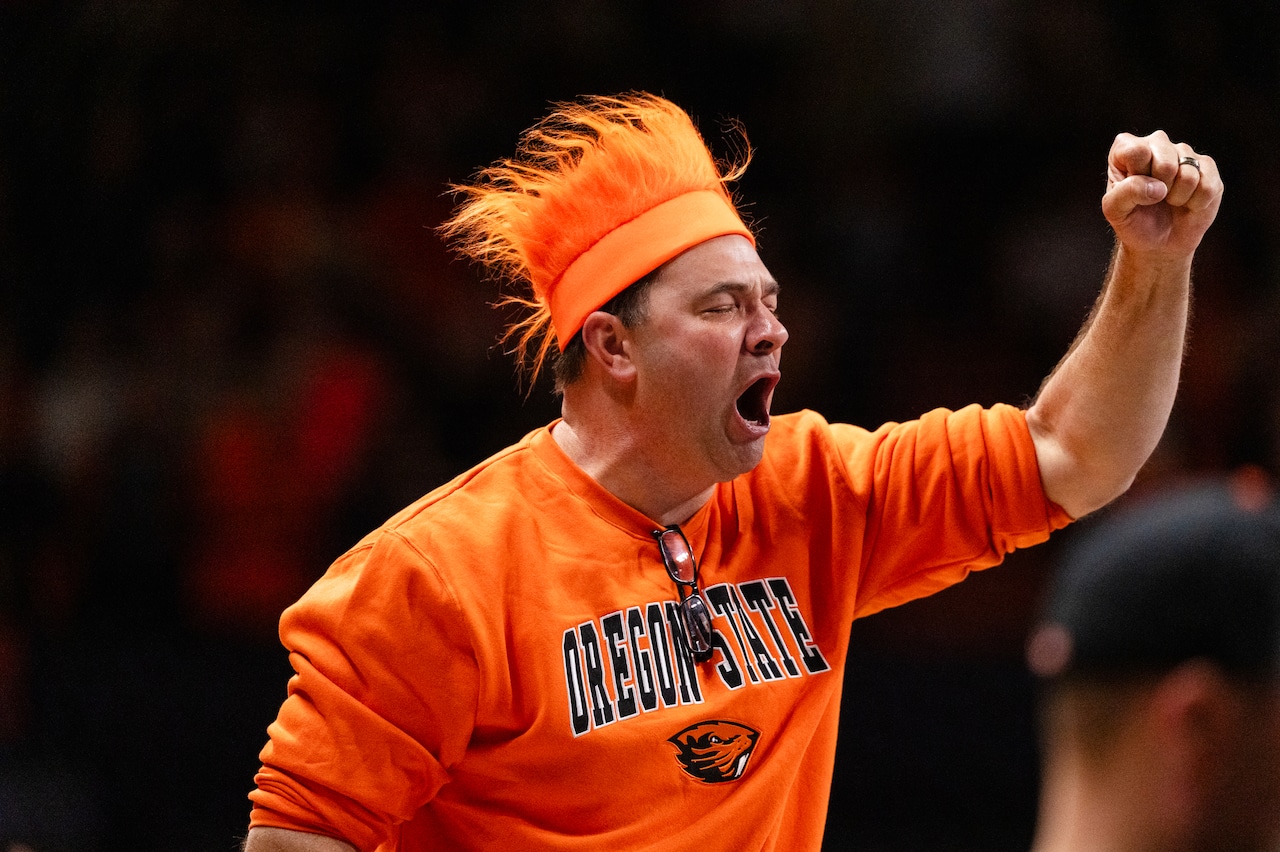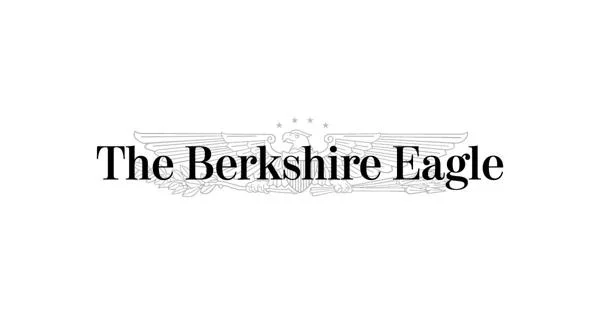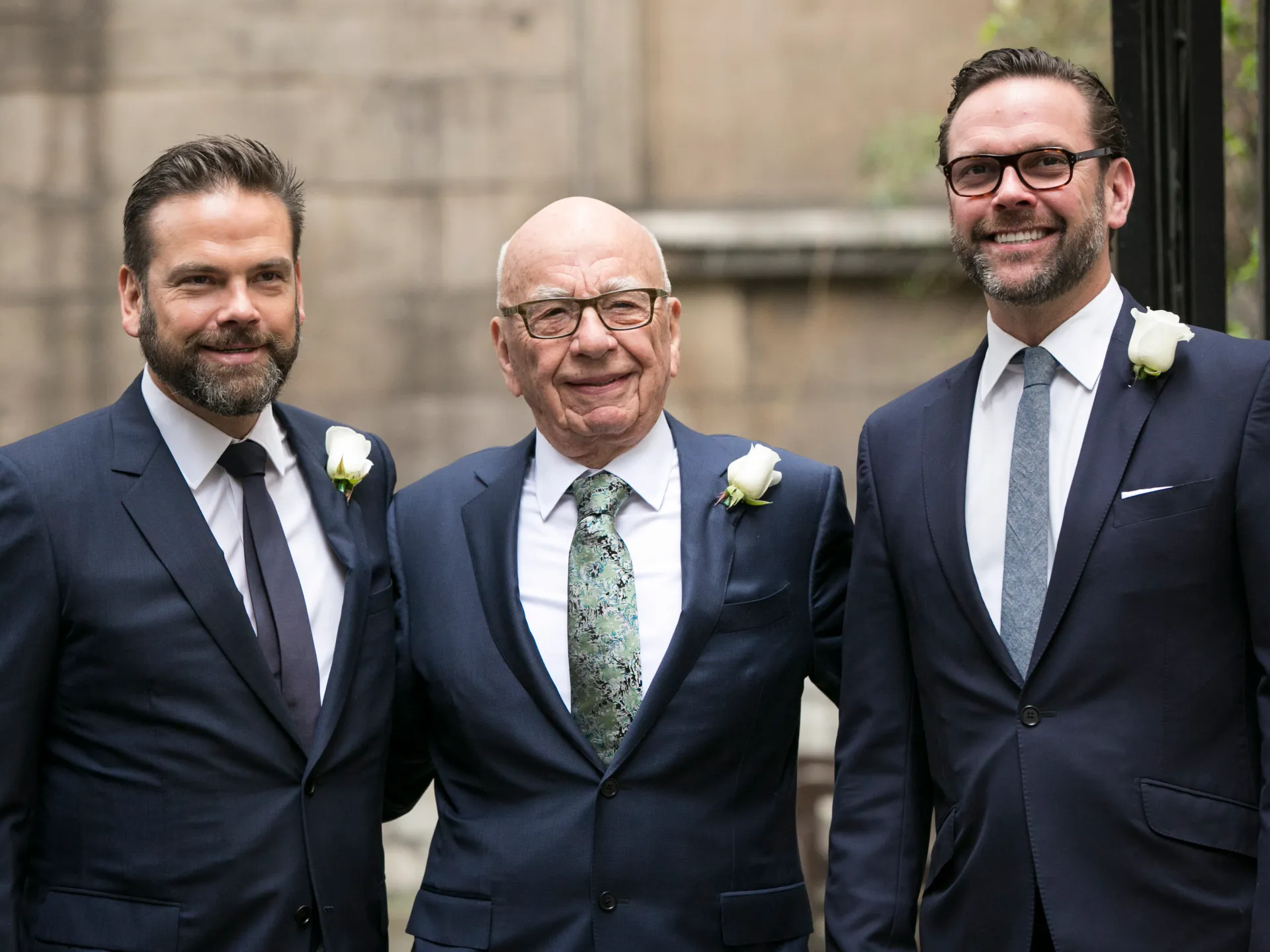
With an 0-5 football team and a rival that ditched them for the Big Ten, fans of Oregon State athletics have plenty of legitimate reasons to be frustrated.
Should the school’s contract with a sports marketing agency to run its NIL program be one of them?
An article in Sportico this week sparked outrage among many Beaver supporters by laying out the terms of a deal the university made with Blueprint Sports to operate the Dam Nation collective.
The contract calls for OSU to pay Blueprint an average annual management fee of roughly $284,000 each of the three years of the deal.
Blueprint then collects a significant percentage of revenue after it hits the annual fundraising target, which in Year 1 is $750,000. After that threshold is met, OSU pays what amounts to a tax on additional revenue up to 1.15 million of 75%. North of $1.15, Blueprint’s take is 50%.
All of this is separate from what athletes are paid through revenue sharing brought on by the House settlement, which allows schools to split up to $20.5 million among their athletes — although Oregon State’s actual allocation is expected to come in well below that maximum figure.
But the revelation about OSU’s partnership with Blueprint left many fans believing half of their NIL contributions to Beaver athletes were being diverted to line the pockets of marketing executives rather than supporting players.
So did OSU, and its athletes, get swindled?
Or is this the price of doing business in the evolving world of college sports?
Blueprint, which is based in Las Vegas, signed a similar partnership earlier this year with the University of Maryland.
It announced earlier this year that it had acquired Student Athlete NIL, one of the largest third-party operators of NIL collectives. Brent Blaylock, OSU’s deputy athletic director who oversees NIL, said that partnership was part of the appeal of signing on with Blueprint.
“What attracted me to them was their acquisition of SANIL (and) their book of 60-plus partners across the country at all levels of the spectrum,” Blaylock told The Oregonian/OregonLive on Wednesday. He added: “They were able to tap into that knowledge.”
However, Sports Business Journal reported on Thursday morning that SANIL had gone out of business and that the merger with Blueprint was never finalized after a 120-day letter of intent was signed in February.
Blaylock was not immediately available to respond to the news of the failed merger.
Blueprint purchased Dam Nation from co-founder Kyle Bjornstad in August. Blueprint CEO Rob Sine told Sportico that the sale was for “over $100,000.”
Sine did not respond to an emailed interview request before this story was published. Bjornstad now contracts with OSU to execute settlement-related revenue share agreements with athletes.
Still, Blueprint occupies a relatively small piece of the college sports landscape, and operating NIL with a revenue sharing partnership is far from the industry standard.
Essentially OSU is paying a premium for stability in a very volatile area of college sports at a time when the school is facing an extreme budget crunch.
So what gives?
A few things to know:
Blaylock said money from fans contributing to Dam Nation through monthly membership packages still goes directly to athletes, in full.
The annual management fee Oregon State pays, which the contract shows is $280,000 in the first year of the contract, funds three-full time employees that Blueprint hires to work on campus to run the operation.
Could Oregon State have just made those hires in-house and avoided the surcharge on money raised?
“If we try to do this on our own,” Blaylock said, “we can spend half a million dollars trying to do that, but there’s no guarantee they’re going to be able to get even half a million dollars back for us.”
By spending the upfront management fee, he said, OSU athletes get a baseline $750,000 in NIL. Up to that threshold, Blueprint does not collect any percentage. It is only after that target has been met that Blueprint takes a cut.
“That’s where they get the higher 75% split,” Blaylock said, “because understandably they want to be able to cover some of their costs.”
Blueprint will take a maximum $300,000 up to $1.15 million raised, and 50 cents of every dollar beyond that — if there are any dollars beyond that.
A significant, and perhaps unanswerable, question is just how much money Blueprint might actually raise in a given year.
Because if it raises $1 million, the company takes only 19%.
If it raises $10 million, it takes 48%.
One of those is a much worse deal for OSU athletes than the other.
Blaylock said $10 million would be “highly aspirational.”
Stories by Bill Oram
Oregon is back in the driver’s seat of the Big Ten. Is a national championship next? | Bill Oram
Oregon State football has gone from a ‘joke’ to a tragedy | Bill Oram
‘Final-hour switch’ by deep-pocketed investor doomed rival bid for Trail Blazers, lawsuit alleges
“Where we’re expecting this to be in Year 1, Year 2, Year 3, we expect these figures to be in seven figures, but low seven figures,” he said. “When you look at the percentage Blueprint would get out of the net revenue, those are very favorable numbers for us.”
But as the numbers go up, is it still cost effective for Oregon State? If there is $3 million out there for athletes, should OSU be paying close to half of that (roughly $1.2 million in that example) to a third-party vendor?
“There’s a reason this deal is for three years and not for 10 years,” Blaylock said. “Because we’re doing that exact thing. We’re evaluating how well they do (and) the value they provide for us.”
Blaylock was previously a senior administrator at the University of Arizona, where Blueprint worked with the school’s football program. Blaylock, who oversaw the basketball, golf and women’s soccer teams in Tucson, said he “had no working relationship (with) or knowledge (of)” Blueprint CEO and co-founder Sine at the time.
“We didn’t really work together at all in building out what they did at Arizona,” he said.
Blaylock said he reached out to “a good number” of Blueprint’s partners as part of due diligence into the deal with the company.
“This all fell right in line with what I saw others doing,” he said.



